The Life of a Tree:
A Story of Growth, Resilience, and Beauty
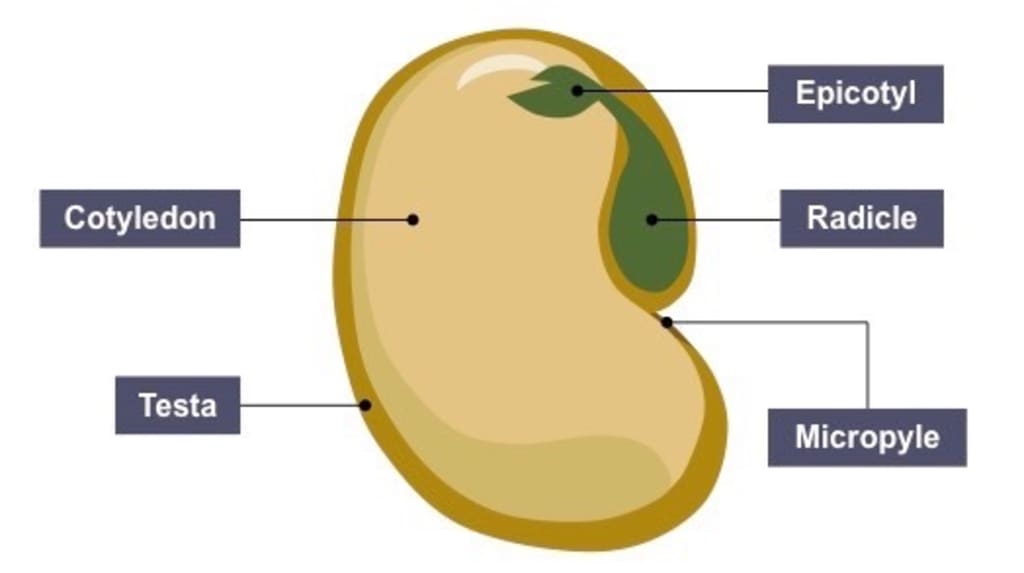
Trees are all around us. They line our streets, shade our parks, and fill our forests. But trees are more than just plants. They are living beings with a long and fascinating life cycle.
The Early Years of a Tree
Trees begin their lives as seeds. A seed is a tiny package that contains everything a tree needs to grow: an embryo, a food source, and a protective coat.
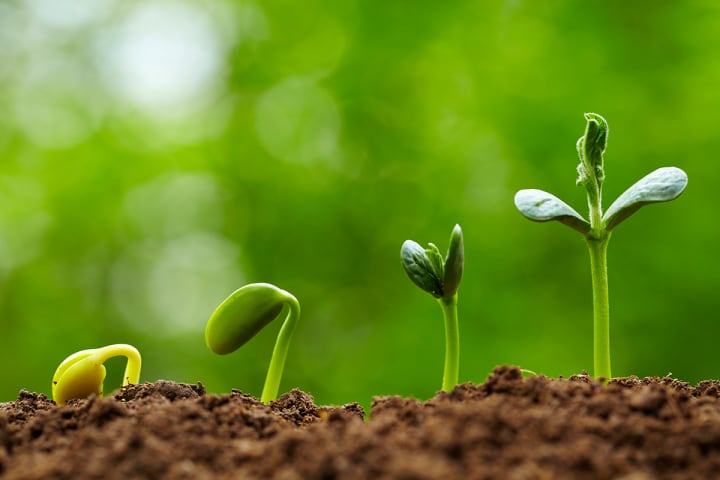
When a seed falls to the ground, it may lie dormant for months or even years. But eventually, the right conditions will come along and the seed will germinate.
The first thing to emerge from the seed is the radicle, or root. The radicle grows down into the ground, anchoring the tree in place and absorbing water and nutrients.
Next, the hypocotyl, or stem, emerges from the seed. The hypocotyl grows upward, towards the light.
As the seedling grows, it develops leaves. Leaves are the tree's food factories. They use sunlight, water, and carbon dioxide to produce oxygen and glucose.
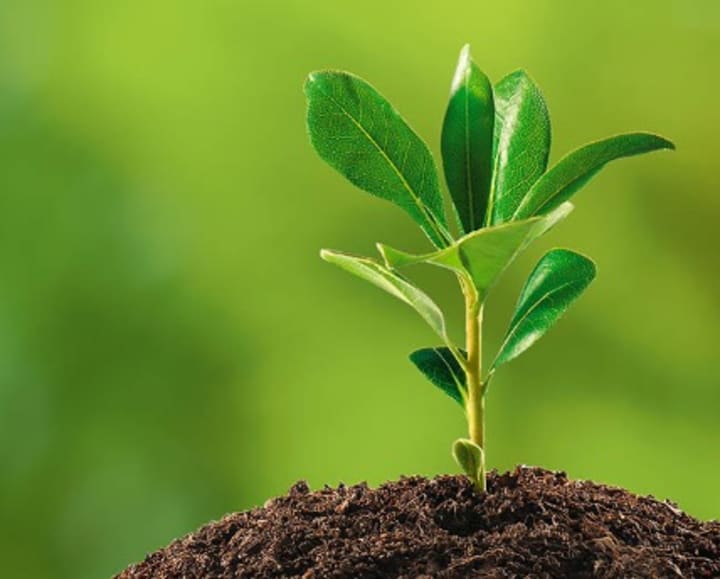
Growth and Maturity
Trees grow throughout their lives, but the rate of growth slows as the tree matures. Most trees reach maturity within 20 to 50 years.
Mature trees are an important part of the ecosystem. They provide food and shelter for wildlife, and they help to clean the air and water.
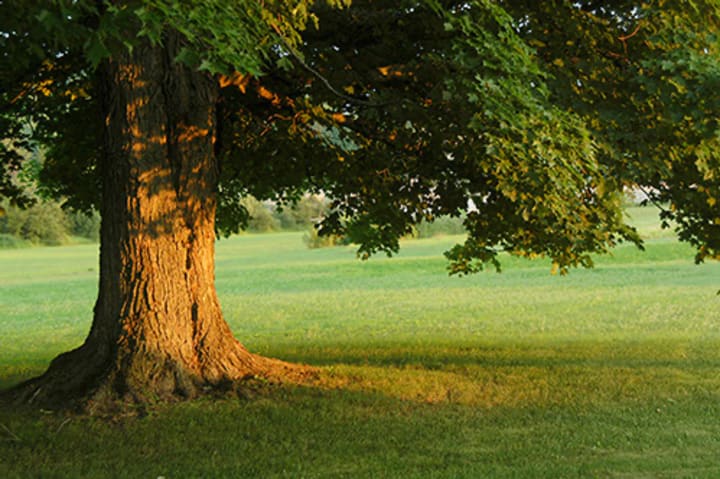
Reproduction
Trees reproduce by releasing pollen into the air. Pollen is a fine dust that contains male gametes. When pollen lands on a female flower, it can fertilize the ovules and produce seeds.
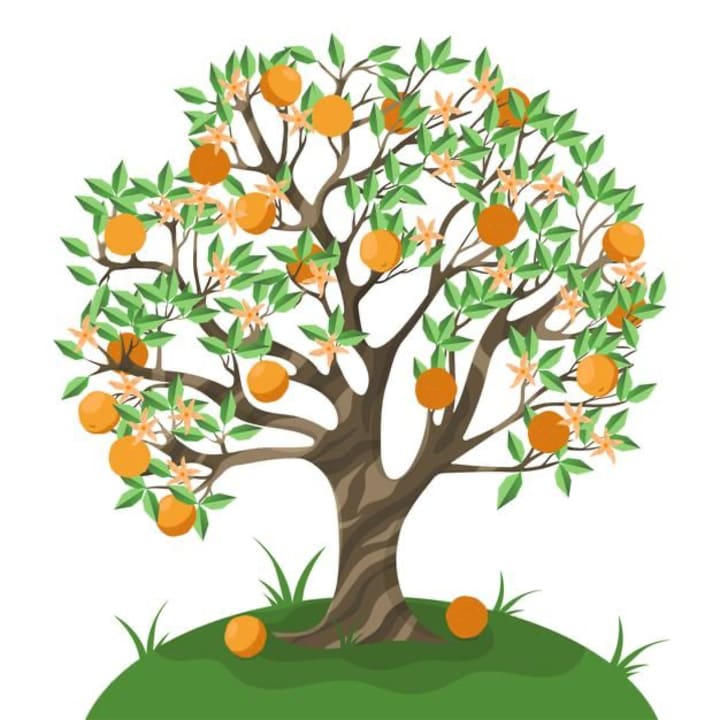
The Tree of Life
The tree of life is a symbol of growth, resilience, and beauty. It is a reminder that all living things are interconnected and that we are all part of something larger than ourselves.
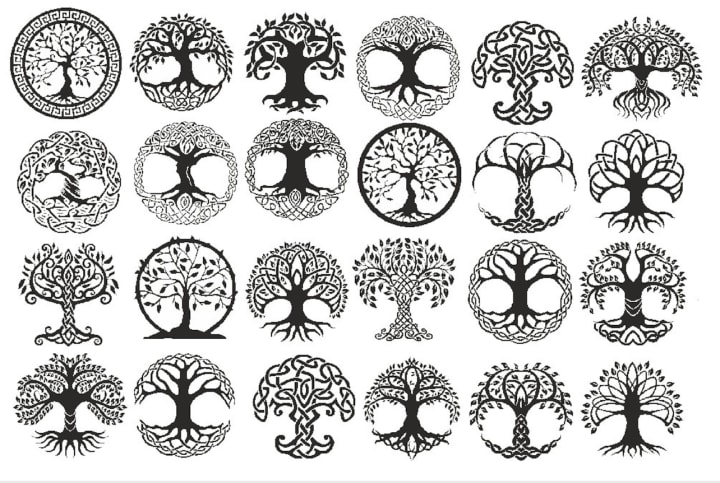
Trees and Humans
Trees have played an important role in human history. They have provided us with food, shelter, and medicine. Trees have also been used to build ships, houses, and furniture.
Today, trees are still an important part of our lives. We use wood products from trees to build our homes, make our furniture, and produce paper. We also use trees to create parks and green spaces where we can relax and enjoy the outdoors.
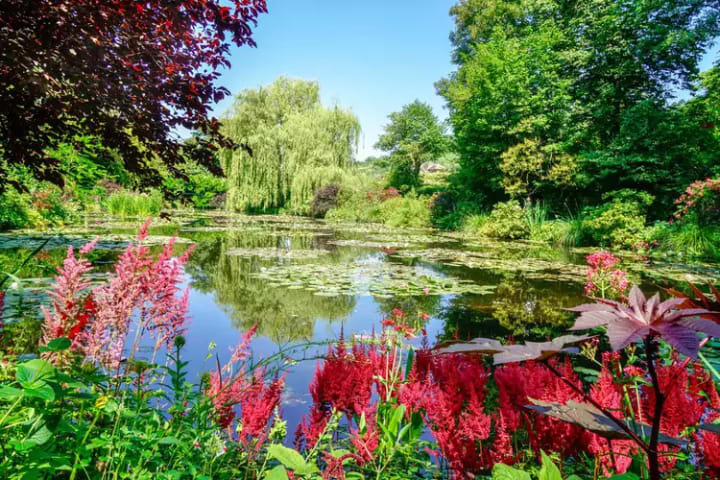
The Benefits of Trees
Trees provide many benefits to both humans and the environment. Here are just a few examples:
- Clean air and water: Trees help to clean the air by absorbing pollutants and releasing oxygen. They also help to filter rainwater, which helps to improve the quality of drinking water.
- Reduced noise pollution: Trees can help to reduce noise pollution by up to 50%. This is because the leaves and branches of trees absorb sound waves.
- Habitat for wildlife: Trees provide food and shelter for a wide variety of wildlife, including birds, mammals, insects, and reptiles.
- Reduced soil erosion: Tree roots help to hold soil in place, which helps to reduce soil erosion.
- Climate change mitigation: Trees help to mitigate climate change by absorbing carbon dioxide from the atmosphere.
Threats to Trees
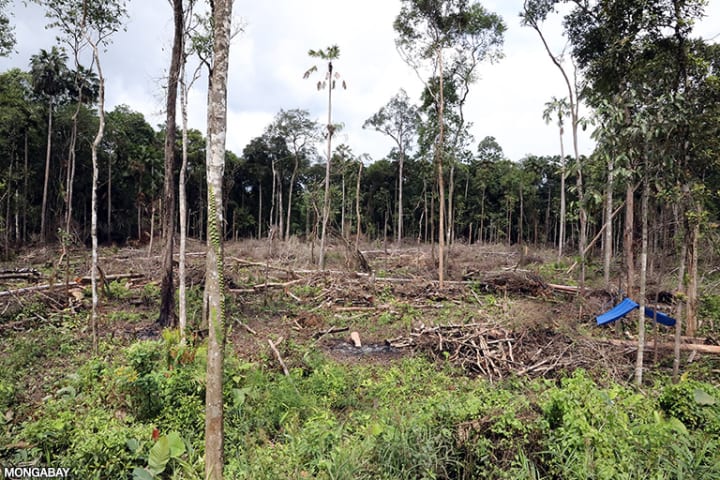
Trees face a number of threats, including:
- Deforestation: Deforestation is the clearing of forests for other uses, such as agriculture or development. Deforestation is a major contributor to climate change and biodiversity loss.
- Climate change: Climate change is causing more extreme weather events, such as droughts, floods, and wildfires. These events can damage or kill trees.
- Pests and diseases: Trees can be attacked by pests and diseases, such as bark beetles and Dutch elm disease. These pests and diseases can weaken or kill trees.
Protecting Trees
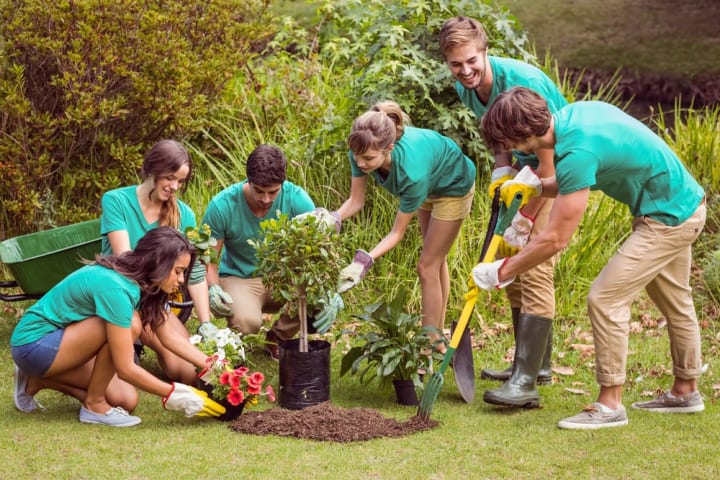
There are a number of things that we can do to protect trees:
- Reduce our consumption of wood products: By reducing our consumption of wood products, we can help to reduce the demand for trees.
- Support sustainable forestry practices: Sustainable forestry practices are designed to protect forests while also allowing for the harvest of trees. We can support sustainable forestry practices by buying products that are certified by organizations such as the Forest Stewardship Council (FSC).
- Plant trees: We can all plant trees in our yards and communities. Planting trees is a great way to help the environment and to create a legacy for future generations.
Conclusion
Trees are essential to life on Earth. They provide us with many benefits, including clean air and water, reduced noise pollution, habitat for wildlife, and reduced soil erosion. We must all do our part to protect trees from the threats that they face.
By reducing our consumption of wood products, supporting sustainable forestry practices, and planting trees, we can help to ensure that trees continue to thrive for generations to come.
About the Creator
Helena Cruiz
Storyteller by day, dreamer by night, I write stories that transport you to other worlds and make you feel things you never thought possible.
come join me on this journey. Let's create something magical together.
Enjoyed the story? Support the Creator.
Subscribe for free to receive all their stories in your feed. You could also pledge your support or give them a one-off tip, letting them know you appreciate their work.




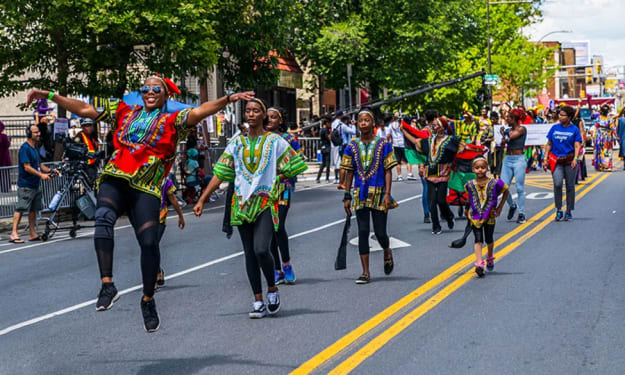

Comments
There are no comments for this story
Be the first to respond and start the conversation.